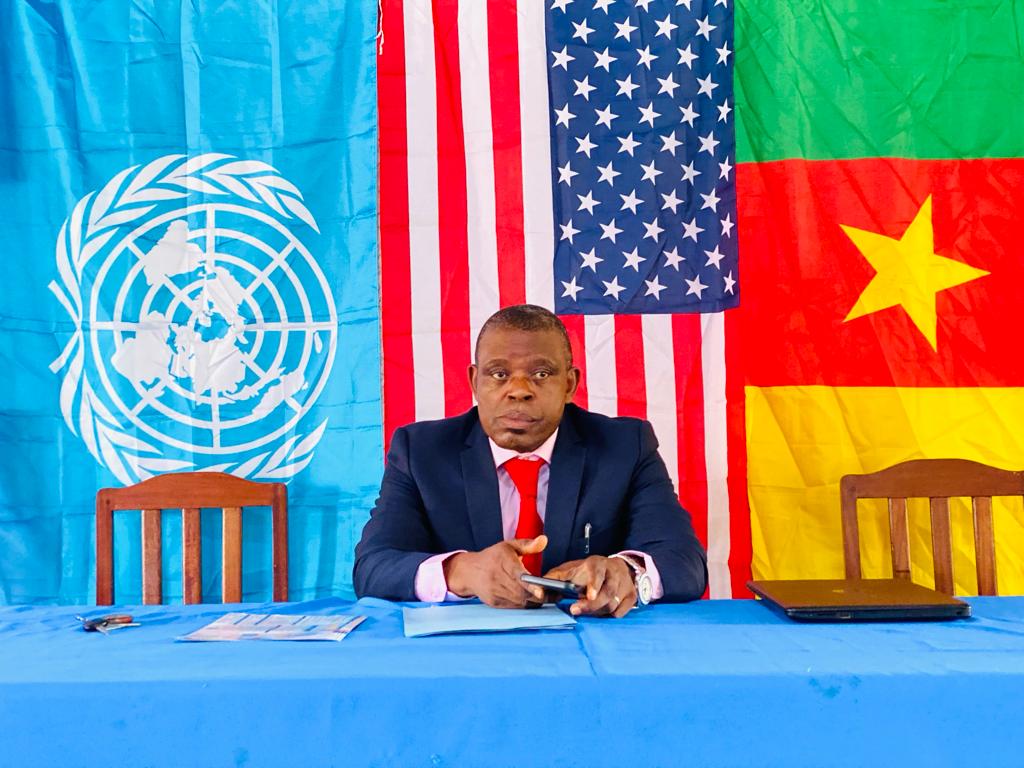- Payment Options
- Terms Conditions
- Maryland, USA
- info@cohebinternational.org




April - October 2023
The 6 sub-prefectures of Basse-Kotto: Mobaye, Alindao, Kembe, Satema, Mingala and Zangba
31865 households to be identified in the targeting process in the Prefecture of Basse-Kotto, including :
--> 10760 in Alindao
--> 6429 o Mobaye
--> 3414 at Mingala
--> 3963 at Kembé
--> 2926 at Satema
--> 4373 in Zangba
The food security situation remained very alarming at the end of 2023, according to the OCHA situation report published at the end of October, which estimated that around 3 million of the 3.4 million people in need were food insecure in CAR. These figures are in line with the projections in the IPC's analysis of acute food insecurity published in November 2022. In this projection, the Prefecture of Basse-Kotto revealed a total of 222,173 people in crisis and emergency situations out of 324,963 individuals analyzed. The causes of this situation include the difficulty of access, which limits assistance, the functioning of markets and the pursuit of survival activities by the population.
In addition, the rise in fuel prices has led to a reduction in trade flows. In order to prevent households from further developing strategies that would be detrimental to their survival if nothing is done, WFP food assistance would compensate for the household food deficit.
Against this backdrop and given the scarcity of funding due to the economic crisis and a number of other emergencies requiring a humanitarian response around the world, the WFP decided to implement a new approach to identifying households, known as targeting, based on the classification and prioritization of households according to vulnerability criteria defined by community representatives and socio-economic data collected on tablets. The aim is to ensure that the assistance available reaches the most vulnerable beneficiaries possible.
Identify the most vulnerable households possible through the process of socio-economic and digital prioritization of these households within the target areas, in order to be able to provide better assistance to the most disadvantaged communities.
--> Involve local authorities and beneficiary communities throughout the targeting process by setting up targeting committees at sub-prefectural, communal and village level.
--> Produce a database of vulnerable households in areas that will later be prioritized and lists of people to be assisted validated through socio-economic surveys carried out on tablets.
--> Alindao:3817 households prioritized out of 12890 surveyed
--> In Mobaye: 1605 households prioritized out of 4668 surveyed
--> Kembé: 1,177 households prioritized out of 3,844 surveyed;
Satema: 749 households prioritized out of 2898 surveyed
--> Mingala: 947 households prioritized out of 3409 surveyed
--> Zangba: 1078 households prioritized out of 2909 surveyed
That is a total of 9313 prioritized out of 30576 surveyed.
COHEB gained experience by implementing this project, which was a new concept in humanitarian assistance by prioritizing households, using digital means to collect and manage data (kobo on tablets).
The 3 major constraints identified during the implementation of this project :
1. Most of the project activities, particularly the surveys, took place during the rainy season, which made it difficult for surveyors and supervisors to move around in the field, especially given the very poor state of the roads, which had an impact on completion times.
2. Despite community awareness campaigns, several households surveyed demanded to be included in the final list of beneficiaries, even though the identification criteria did not give them priority.
3. The last major challenge was the lack of security in certain sub-prefectures such as Zangba and Mingala.
The targeting project has provided an opportunity for many vulnerable people to benefit effectively from humanitarian aid. Previously, the criteria for selecting beneficiaries were defined at a high strategic level and did not always reflect the reality on the ground. This meant that the assistance did not reach the most vulnerable communities and people. With the new prioritization approach, however, these criteria are defined by the local authorities in the presence of the various community representatives, on the basis of cases of manifest vulnerability in their locality.


Multidimensional strategies in carrying hope for a more united world where the Love of God is shared through actions amongst affected individuals and communities all over the world.









